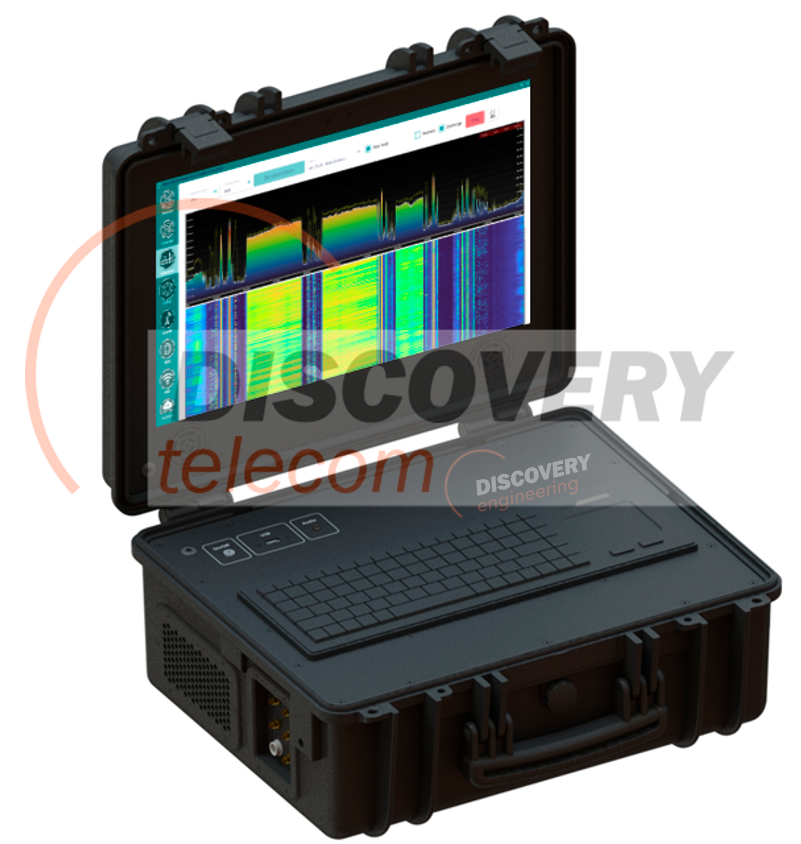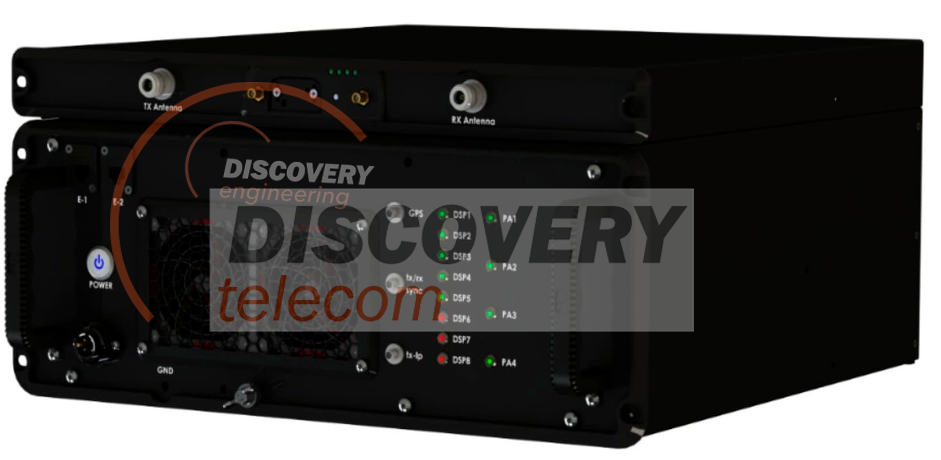 Print
Print

Discovery Telecom
Advanced Interception Systems.
Intelligence and surveillance
Tel./Fax: +44 20 3769 1919
E-mail: info@intercept.ws
Advanced Interception Systems.
Intelligence and surveillance
E-mail: info@intercept.ws
DMR/APCO/TETRA monitoring system
|
|
The main functions and characteristics
DMR/APCO/TETRA trunking monitoring system
Purpose of the DMR Interception system
The DMR operational-tactical agro-industrial system for passive radio monitoring is designed for multi-channel scanning of VHF-UHF frequency ranges, receiving and processing trunk communication signals, storing and analyzing processing results
 |  |
System kit
1. Receiving and computing module in a portable case;
2. Directional receiving antenna;
3. Omnidirectional receiving antenna;
4. Set of connecting cables;
5. Battery for uninterrupted operation in a portable case;
6. Special software.
Specifications
1. Operating frequency range of the receiving module is 50 MHz – 6 GHz;
2. Instantaneous frequency band of the receiving path – up to 300 MHz;
3. The number of independent receiving and processing paths in the bandwidth of the receiving device is up to 256;
4. Types of received analogue transmissions: AM, NB-FM, WB-FM, USB, LSB;
5. Types of trunking transmissions received and processed: DMR, NXDN, APCO-25;
6. Operating temperature range: +5 to +40 ℃;
7. Power the device from:
- single-phase alternating current network with voltage (220 ± 30) V with frequency (50 ± 2) Hz;
- vehicle on-board voltage (24 ± 2.5) V;
8. Power consumption: no more than 400 W.
Functionality
1. Panoramic view of the spectrum in the operating frequency range of the complex with display of frequency and time-frequency diagrams;
2. Automatic detection and recognition of signals from analogue and digital radio stations of DMR, NXDN, APCO-25 standards;
3. Automatic configuration of the APK to receive up to 256 frequency channels, providing demodulation, decoding and processing of radio signals from radio stations DMR, NXDN, APCO-25;
4. Processing of voice, text and service information transmission sessions using the following types of scrambling and encryption algorithms:
DMR
Motorola Basic Privacy;
Motorola Basic Privacy;
Kenwood Basic Privacy (SC15);
DMR Association: ARC4, DES, AES128, AES256;
Hytera Proprietary: Hytera Basic Encryption, Hytera Full Encryption (ARC4, AES128, AES256);
APCO
APCO25(Phase 1) ADP40;
APCO25(Phase 1) DES;
APCO25(Phase 1) AES256;
NXDN
NX48 SC15, NX96 SC15;
NX48 DES, NX96 DES;
NX48 AES256, NX96 AES256;
5. Automatic calculation of encryption keys for registered voice sessions on the built-in computing resource for the following closing methods:
DMR
Motorola Basic Privacy;
Kenwood Basic Privacy (SC15);
DMR Association: ARC4, DES, AES128, AES256*;
Hytera Proprietary: Hytera Basic Encryption, Hytera Full Encryption (ARC4, AES128*, AES256*);
APCO
APCO25(Phase 1) ADP40;
APCO25(Phase 1) DES;
NXDN
NX48 SC15, NX96 SC15;
6. Registration and recording of all received voice and text messages, as well as data exchange sessions.
7. Logging of received radio communication sessions with registration of identification characteristics of radio stations.
8. Deferred processing of radio monitoring materials stored in the database, with the ability to search and select the required information and listen to recordings.
This page was printed from the website
www.intercept.ws
Please check prices and availability of equipment.
www.intercept.ws
Please check prices and availability of equipment.

